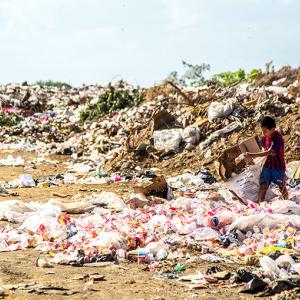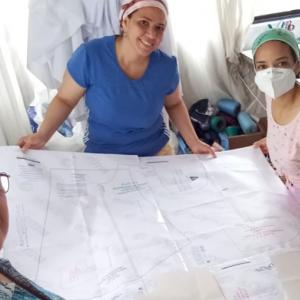Executive Summary
This report sets out how governments and the many organizations involved in global development are increasingly mobilizing not just money, but also intelligence to speed up progress towards the Sustainable Development Goals (SDGs).
From citizen experiences to innovative grassroots solutions, mobile phone companies’ data to satellite imagery and AI – new resources of intelligence are being harnessed by organizations around the world to understand complex problems, make better decisions and find new solutions.
We bring together this diverse set of practices under the label of ‘collective intelligence’. At its simplest, collective intelligence can be understood as the enhanced capacity that is created when people work together, often with the help of technology, to mobilize a wider range of information, ideas and insights. Some of the methods employed are old. But many are new and require new skills and mindsets to make the most of them.
This analysis is the first attempt to map and understand how collective intelligence approaches are being used to address the Sustainable Development Goals. It documents many examples, and captures patterns in their application and impact.












